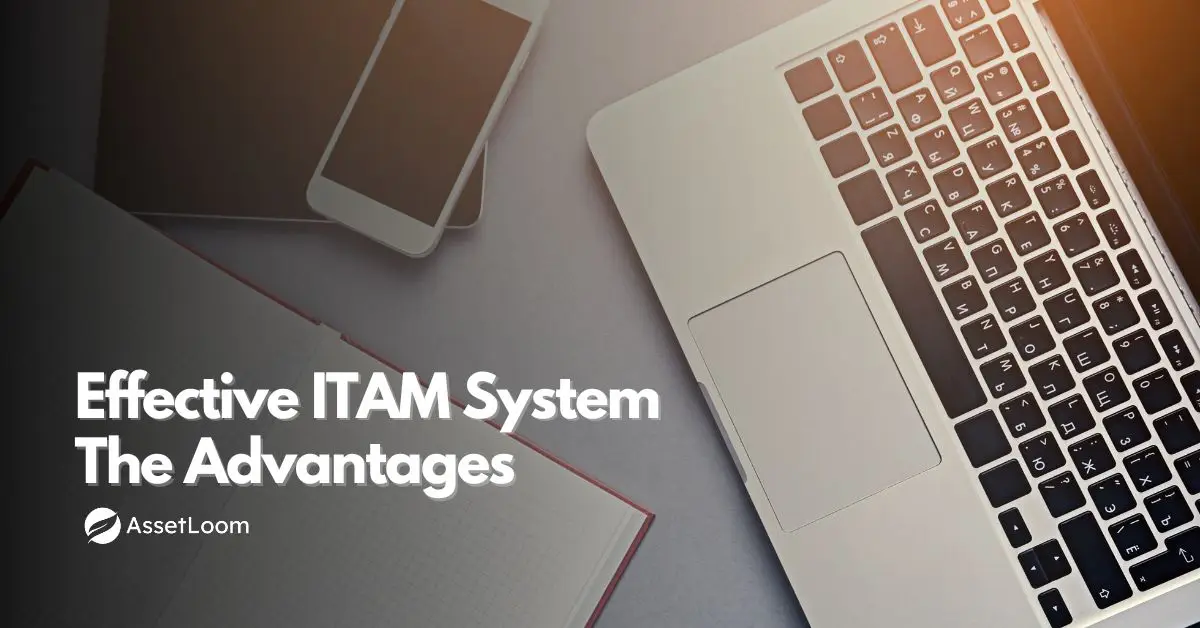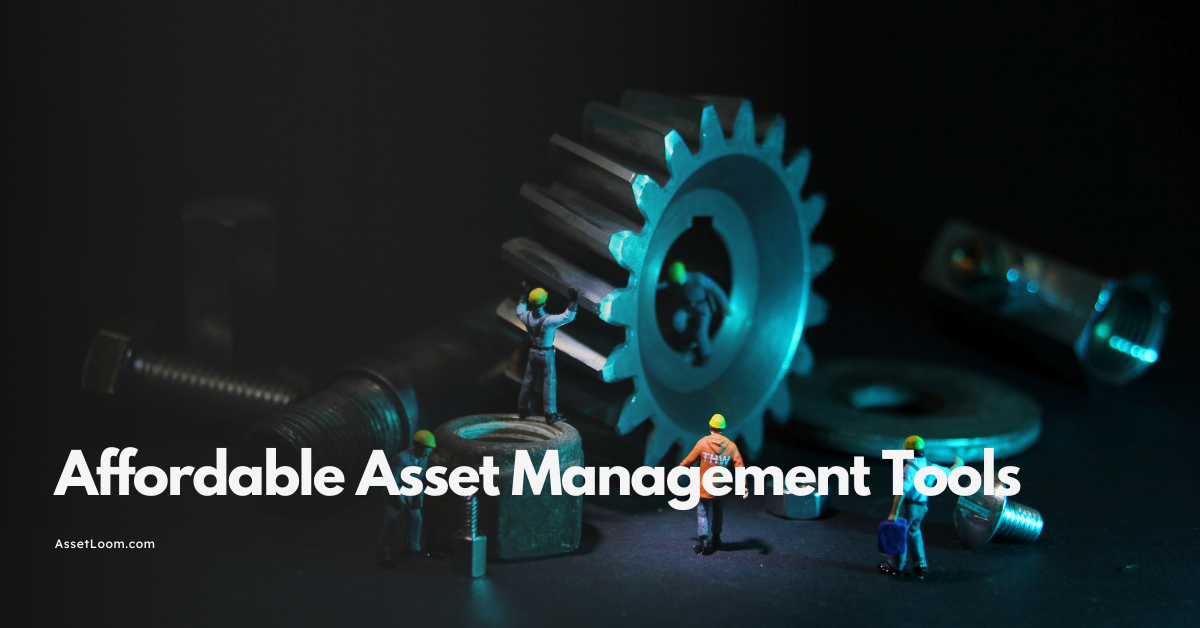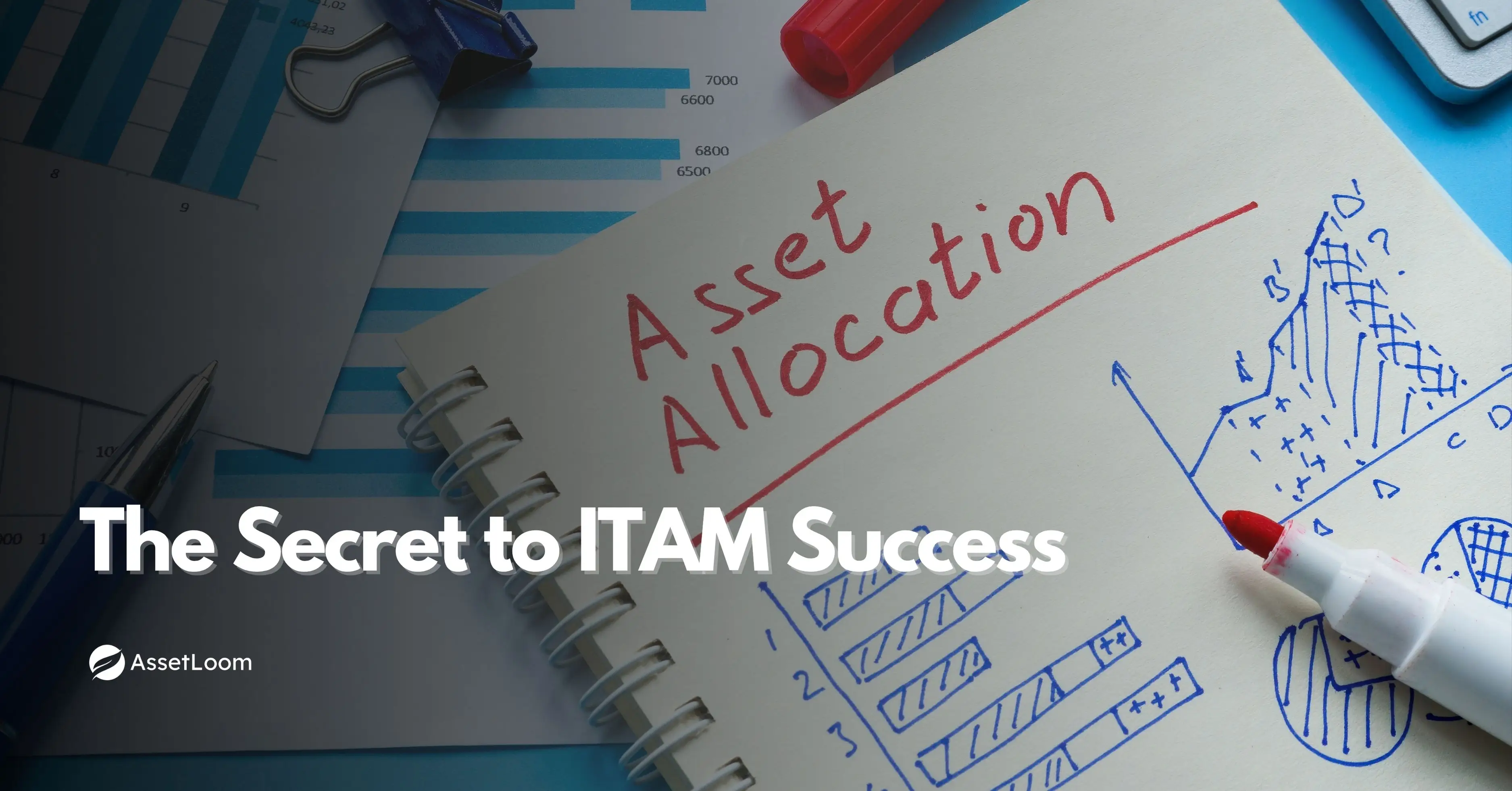Benefits of an Information Technology Asset Management System
Discover how an Information Technology Asset Management System can optimize assets, reduce costs, and enhance security for your business.
Did you know that inadequate IT resource management costs businesses a lot of money every year? Ineffective IT asset management can result in missed opportunities and soaring expenses, from misplaced devices to unused software licenses. The Information Technology Asset Management System is useful in this situation.
An effective tool for tracking, managing, and optimizing an organization's IT assets - such as computers, software, and cloud services - over their whole lifecycle is an ITAM system. ITAM improves security and compliance while also saving time and money by centralizing this data, which helps your service desk and overall service management run more efficiently.
This blog will discuss the main advantages of implementing an IT asset management system and how it can revolutionize your company, regardless of its size or sector. Let's get started!
What is an Information Technology Asset Management System?
An information technology asset management system gives businesses the ability to track, control, and improve IT assets throughout all phases of the life cycle. IT assets could be anything from tangible things such as computers, servers, and networking hardware to intangible assets such as software licenses and cloud subscriptions. By bringing all this information under one roof and giving knowledge about the location of an asset, its worth, or its usage, ITAM allows for its effective management.
Let's look at the different assets that are watched by ITAM systems to better grasp their significance:
- Hardware: This includes physical devices like laptops, desktops, servers, smartphones, and networking equipment like routers and switches.
- Software: ITAM systems keep tabs on software applications, operating systems, and licenses for services like Microsoft Office or Adobe Creative Cloud.
- Cloud Services: With the rise of cloud computing, ITAM also tracks subscriptions to platforms like AWS, Google Cloud, or Azure.
- Peripheral Devices: Items like printers, external hard drives, projectors, and scanners are also part of the mix.
- IT Agreements: ITAM keeps a record of warranties, vendor contracts, and service agreements, ensuring everything is up-to-date and easily accessible.
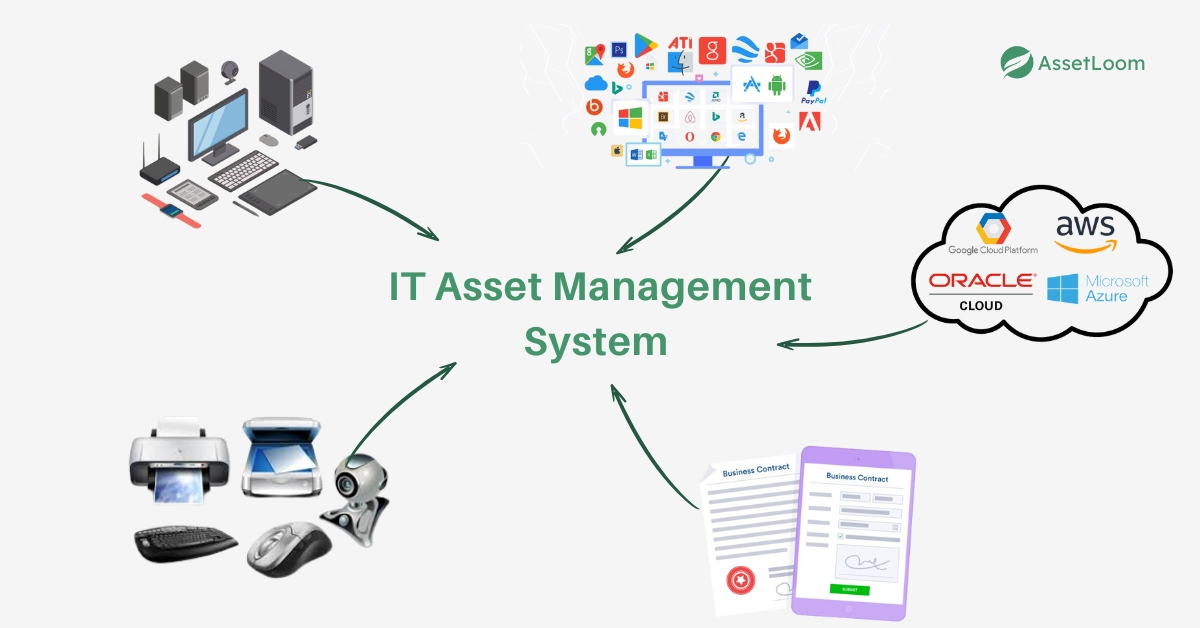
Signs Your Business Needs an IT Asset Management System
All it takes is a little messy IT asset management to bring about chaos in a growing firm. So, if some of these signs are hurting your own schedule and operation, it is time to grab an IT Asset Management System:
- Lost Hardware and Software Tracking: If your business has some hardware and software it cannot keep track of, there may be a misuse or misplacement of its resources.
- Noncompliance: Frequent license infringements and missed renewals are potential collateral for fines and penalties from the legal authority.
- Rising Costs: An Unexplained hike in IT costs usually indicates poor asset management.
- Potential Security Hazards: As systems run out of date and get unmonitored, they become substantial risks for security breaches; hence, your company becomes a cybercrime target.
Acknowledging these challenges becomes essential since it is the very first step toward the realization of why an ITAM system is needed.
Key Benefits of IT Asset Management Systems
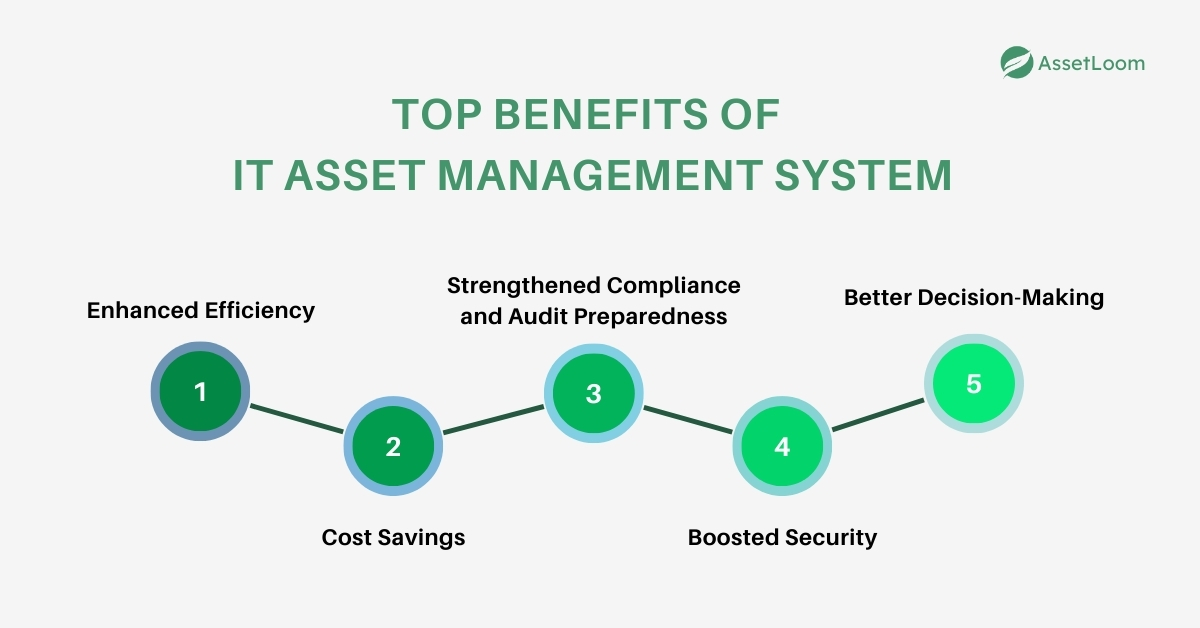
1. Enhanced Efficiency
Manually managing IT assets can be a great bane, as it introduces errors in the records and accounts. In this way, an ITAM system serves as a single source of truth, tracking a myriad of IT assets and providing real-time updates about the IT environment.. This visibility helps avoid poor management altogether and streamlines processes, allowing resources to be deployed in the best way possible. Where duplication happens, an ITAM system stands to stop this wastage so you can channel your resources on the task that really matters, and this is possible because all the information lies in one location.
Example: It has been a bother when looking for spare laptops for new joiners, but an ITAM system will tell you in a jiffy where those unused devices are sitting.
2. Cost Savings
An ITAM system helps you cut unnecessary expenses by identifying underutilized or redundant assets. You can avoid renewing software licenses you no longer need or buying extra hardware that’s not essential. By extending the life of your assets through better management, ITAM reduces replacement costs and improves your return on investment.
Example: Let’s say you’ve been paying for multiple software licenses that employees don’t use. An ITAM system can flag this, allowing you to cancel unused subscriptions and save money.
3. Strengthened Compliance and Audit Preparedness
ITAM makes the monitoring of warranties, service agreements, and licenses immensely easier. Hence, you maintain correctness in your records so that you are always prepared for possible audits, adherence to vendor agreements, and regulatory obligations. It makes your life easier to stay in compliance and keep the worst penalties at bay.
Example: A company may face an audit and would be asked to prove its software licenses. Instead of feverishly compiling documentation in just a few minutes, a report can be generated to show that all is in order.
4. Boosted Security
By identifying obsolete or weak systems, ITAM helps safeguard your IT environment. It also keeps an eye on illegal device use, which lowers the possibility of cyberattacks. You can improve IT governance and protect your company from security breaches by having more visibility and control.
Example: ITAM has the ability to flag an outdated laptop on your network that hasn't received a security update in months. After that, you can retire or update the device to safeguard your company from online attacks.
5. Better Decision-Making
ITAM gives a lot of information on the asset's performance and utilization. So, you can take this data to use in intelligent asset lifecycle management plans, to create a better budgeting scheme, and forecast future IT requirements. Data-driven decisions ensure IT investments meet objectives with the highest returns.
Example: Suppose that your servers are almost at capacity. You can ensure seamless operations by using ITAM's data to plan an upgrade before it results in downtime.
Choosing the Right IT Asset Management System
When picking the best solution for your company, it is necessary to consider the needs of the particular company. Some points to consider are as follows:
- Know What You Need: Begin by collecting all the information regarding your current IT configuration, number of assets, and compliance requirements peculiar to your industry.
- Less Spending: Do not pay for features you do not need, and remain within your budget to obtain the right system.
- Easy to Use: A very simple system will minimize training time for your people and guarantee a smooth implementation.
- Growth in the Future: Choose the scalable system so that growth can be well accommodated without redesigning the solution.
- Compatibility of the Systems: Check well that your present tools and systems work well in harmony so as to avoid disruptions.
- Support and Resources: Training materials must be quickly accessible, and customer support must be reliable to guarantee efficient use.
- Feedback by Peers: Get genuine views of actual successes from reading user reviews and insights from the trade.
Concentration on these factors would enable you to make a good selection with respect to your objectives and thereby increase the efficacy of IT asset management.
Final thoughts
There are numerous benefits to putting in place an IT asset management system, ranging from enhancing security and ensuring compliance to streamlining operations and cutting unnecessary costs. By automating time-consuming tasks and providing real-time asset data, an effective ITAM tool helps you manage your IT environment more efficiently and make data-driven decisions.
If you're ready to boost security, productivity, and optimize IT investments, now is the perfect time to explore a comprehensive asset management solution like AssetLoom.
Remember that ITAM is more than just a tool; it's a strategic investment in the long-term success of your business. To fully realize the potential of your IT operations, start using AssetLoom immediately and don't put off managing your IT resources.
Frequently Asked Questions
1. How soon can the benefits of an ITAM system become apparent?
Within weeks, even minor progress can be observed. IT teams can almost instantly identify unused software, cut down on duplicate purchases, and expedite audits once your assets are tracked and centralized. It takes several months for workflows to fully optimize.
2. Is it possible to use ITAM for a combination of cloud, virtual, and physical assets?
Of course. AssetLoom and other contemporary ITAM systems are made to manage cloud subscriptions, software, and hardware all in one location. This guarantees total visibility in every setting, preventing anything from slipping through the cracks.
3. Is an ITAM system truly necessary for small businesses?
Indeed! Knowing precisely what assets they have, where they are, and how they are being used helps even smaller teams. It saves time, avoids expensive errors, and facilitates operations scaling as the company expands.

Subscribe for Expert Tips and Updates
Receive the latest news from AssetLoom, right in your inbox.
